Home>Furniture & Design>Bathroom Accessories>How To Dispose Of A Toilet Bowl
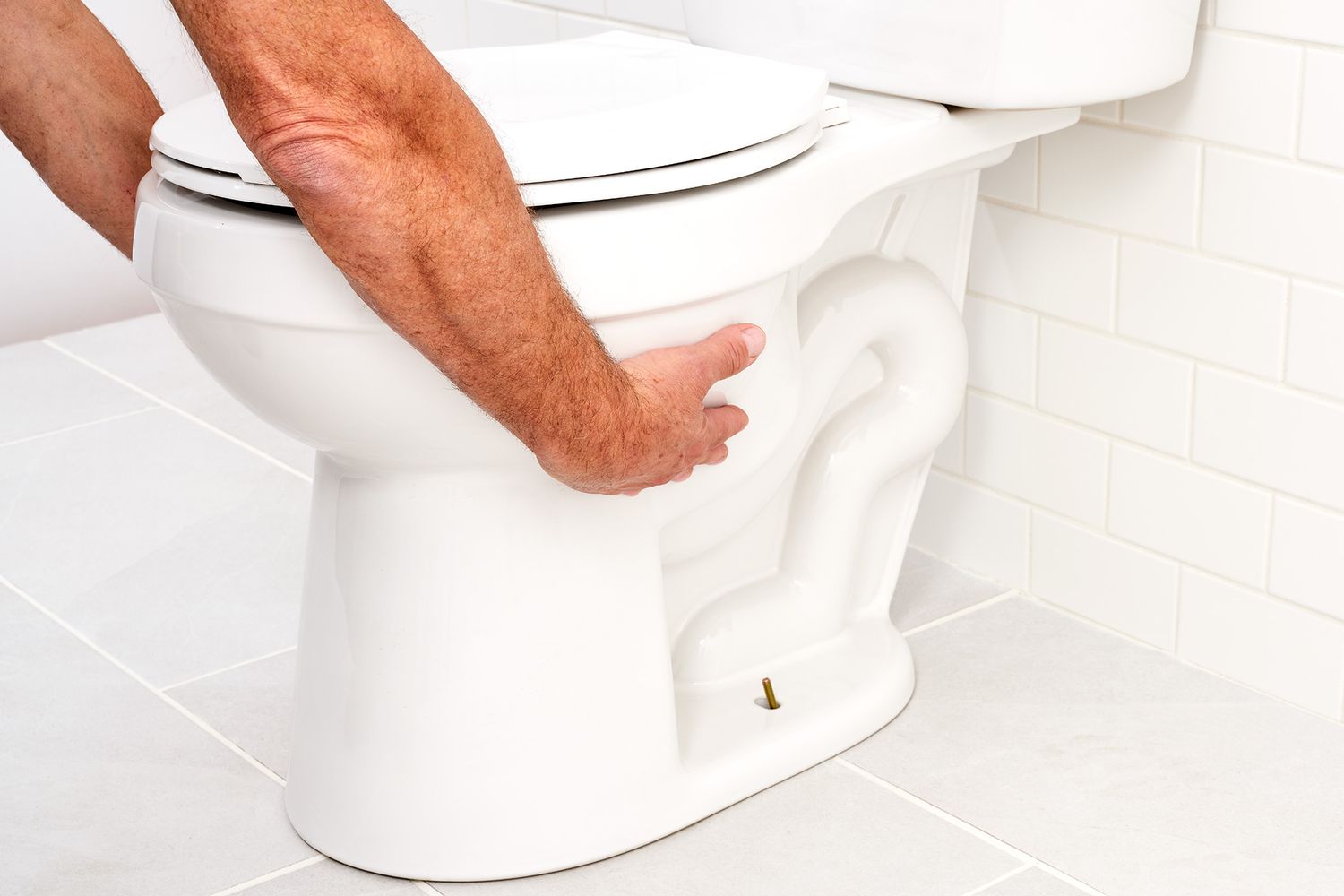

Bathroom Accessories
How To Dispose Of A Toilet Bowl
Modified: April 22, 2024
Learn the proper way to dispose of a toilet bowl and other bathroom accessories. Find out the best methods for safe and eco-friendly disposal.
(Many of the links in this article redirect to a specific reviewed product. Your purchase of these products through affiliate links helps to generate commission for Storables.com, at no extra cost. Learn more)
Introduction
Disposing of a toilet bowl may seem like a daunting task, but with the right guidance and tools, it can be a manageable project. Whether you are renovating your bathroom, replacing an old toilet, or simply need to get rid of a broken toilet bowl, knowing the proper steps for disposal is essential. By following a systematic approach, you can ensure that the process is safe, efficient, and environmentally responsible.
In this comprehensive guide, we will walk you through the step-by-step process of disposing of a toilet bowl. From gathering the necessary tools and materials to safely removing and disposing of the toilet bowl, we will cover each stage in detail. Additionally, we will provide insights into proper cleanup and disposal of any remaining parts to leave your space tidy and ready for the next steps in your project.
Whether you are a seasoned DIY enthusiast or a first-time homeowner facing this task, this guide is designed to equip you with the knowledge and confidence to tackle the disposal of a toilet bowl effectively. By understanding the process and following the outlined steps, you can navigate this aspect of home maintenance with ease.
So, let's dive into the essential steps and considerations for disposing of a toilet bowl, ensuring that you are well-prepared to handle this task with proficiency and care. Let's get started!
Key Takeaways:
- Properly disposing of a toilet bowl involves gathering tools, disconnecting the bowl, removing it, and following local regulations for disposal. It’s important to clean up the area afterward to leave it tidy and ready for the next steps in your project.
- When disposing of a toilet bowl, it’s crucial to follow a systematic approach, gather the necessary tools, and adhere to local regulations. Additionally, consider the environmental impact and strive to minimize harm by exploring recycling options for porcelain or ceramic materials.
Read more: How To Dispose Of A Toilet Brush
Step 1: Gather Necessary Tools and Materials
Before embarking on the task of disposing of a toilet bowl, it is crucial to gather the essential tools and materials to ensure a smooth and efficient process. Here's a comprehensive list of items you will need:
Tools:
- Adjustable Wrench: This tool will be used to disconnect the water supply line and the bolts securing the toilet bowl to the floor.
- Utility Knife: A utility knife will come in handy for cutting through any caulk or sealant around the base of the toilet.
- Screwdriver: Depending on the type of fasteners used, a screwdriver may be required to remove the bolts securing the toilet in place.
- Putty Knife: Use a putty knife to scrape off any old wax ring or sealant from the flange after removing the toilet bowl.
- Safety Gloves and Goggles: It's important to protect your hands and eyes during the removal process, so be sure to have a pair of safety gloves and goggles on hand.
Materials:
- Plastic Trash Bags: Have several heavy-duty plastic trash bags ready to dispose of the toilet bowl and any associated waste.
- New Wax Ring: If you plan to reinstall a toilet in the same location, it's advisable to have a new wax ring on hand for the reinstallation process.
- Towels or Rags: Keep some towels or rags nearby to clean up any spills or residual water during the removal process.
- Bucket: A bucket will be useful for collecting any remaining water in the toilet bowl or tank.
By ensuring that you have all the necessary tools and materials at your disposal, you can streamline the process of removing and disposing of the toilet bowl. This proactive approach will help minimize interruptions and ensure that you are well-prepared to tackle each step with confidence and efficiency. With the tools and materials in place, you are ready to proceed to the next stage of disconnecting the toilet bowl.
Step 2: Disconnect the Toilet Bowl
Disconnecting the toilet bowl is a critical step in the process of disposal. Before starting, it's essential to turn off the water supply to the toilet. Locate the shut-off valve, usually situated on the wall behind the toilet, and turn it clockwise to stop the water flow. Once the water supply is turned off, flush the toilet to drain the remaining water from the tank and bowl.
Using an adjustable wrench, disconnect the water supply line from the bottom of the tank. Place a bucket or container beneath the connection to catch any residual water. With the water supply line detached, the next step is to remove the bolts securing the toilet bowl to the floor. These bolts are typically covered by decorative caps at the base of the toilet. Carefully pry off the caps and use the wrench to loosen and remove the bolts.
After removing the bolts, gently rock the toilet bowl from side to side to break the seal with the wax ring and any remaining caulk. It's important to handle the toilet bowl with care to avoid damaging the surrounding flooring. Once the seal is broken, lift the toilet bowl straight up to detach it from the flange and drainpipe. It's advisable to have a helper for this step, as toilet bowls can be heavy and awkward to maneuver alone.
With the toilet bowl removed, inspect the flange and drainpipe for any signs of damage or wear. It's also a good practice to plug the open drainpipe to prevent sewer gases from entering the space. Use a rag or old towel to block the drain temporarily.
After the toilet bowl is disconnected, it's crucial to cap the exposed water supply line to prevent any leaks or drips. This can be achieved using a cap specifically designed for this purpose, which can be found at most hardware stores. By capping the water supply line, you can ensure that the area remains dry and secure during the disposal process.
By following these steps to disconnect the toilet bowl, you can effectively prepare it for removal and disposal. This systematic approach sets the stage for the next phase of removing the toilet bowl from the space, allowing you to proceed with confidence and clarity.
Read more: How To Dispose Old Toilet
Step 3: Remove the Toilet Bowl
With the toilet bowl successfully disconnected, the next crucial step is to remove it from the bathroom space. This process requires careful handling and attention to detail to ensure a smooth and safe removal.
Before lifting the toilet bowl, it's essential to prepare the area for its extraction. Lay down old towels or rags to protect the flooring from any residual water or debris that may be present. Additionally, it's advisable to have a helper to assist with the lifting process, as toilet bowls can be heavy and cumbersome to maneuver alone.
To remove the toilet bowl, lift it straight up from the flange and drainpipe. It's important to maintain a steady grip and lift with caution to avoid any sudden movements that could lead to spills or damage to the surrounding area. Once the toilet bowl is lifted, carefully maneuver it through the bathroom doorway, ensuring that it clears the space without causing any obstructions or damage to walls or fixtures.
As you transport the toilet bowl to the disposal area, be mindful of its weight and dimensions. It's recommended to use a dolly or hand truck to facilitate the movement, especially if you are dealing with a particularly heavy or bulky toilet bowl. Secure the toilet bowl on the dolly and proceed with caution to prevent any tipping or instability during transport.
Upon reaching the designated disposal area, carefully place the toilet bowl in a sturdy, heavy-duty plastic trash bag. Ensure that the bag is securely sealed to contain any residual water or debris. If the toilet bowl is too large to fit in a single bag, it may need to be broken down into manageable pieces for disposal. Use caution and appropriate tools to dismantle the toilet bowl, taking care to avoid injury and properly containing any sharp or jagged edges.
Once the toilet bowl is securely contained in the trash bag, it's ready for disposal according to local regulations and guidelines. Check with your local waste management authorities to determine the proper disposal method for large fixtures such as toilet bowls. Some areas may have specific requirements for disposing of porcelain or ceramic items, and it's important to adhere to these guidelines to ensure responsible and environmentally friendly disposal.
By following these detailed steps to remove the toilet bowl, you can effectively navigate the process with precision and care. This systematic approach sets the stage for the final phase of cleaning up and disposing of any remaining parts, allowing you to complete the task with confidence and thoroughness.
Step 4: Dispose of the Toilet Bowl
Once the toilet bowl has been safely removed from the bathroom space, the next crucial step is to proceed with its disposal in a responsible and compliant manner. Proper disposal is essential to ensure environmental sustainability and adherence to local regulations. Here's a detailed guide on how to effectively dispose of the toilet bowl:
Check Local Regulations:
Before disposing of the toilet bowl, it's important to research and understand the local regulations and guidelines pertaining to the disposal of large fixtures. Different municipalities may have specific requirements for the disposal of porcelain or ceramic items, and it's essential to comply with these regulations to avoid potential fines or environmental impact.
Contact Waste Management Authorities:
Reach out to your local waste management authorities to inquire about the proper disposal method for the toilet bowl. They can provide valuable information on designated disposal facilities, collection services, or special arrangements for large fixtures. By seeking guidance from the relevant authorities, you can ensure that the disposal process aligns with established protocols.
Read more: How To Descale A Toilet Bowl
Arrange for Collection or Transport:
If the toilet bowl is too large or cumbersome to transport on your own, consider arranging for collection or utilizing a waste disposal service. Many municipalities offer bulk item collection services or drop-off locations for large fixtures. Alternatively, professional waste management companies can assist with the removal and disposal of oversized items, providing a convenient and efficient solution.
Secure Packaging for Transport:
If you are transporting the toilet bowl to a designated disposal facility, ensure that it is securely packaged to prevent any potential breakage or spillage during transit. Double-bagging the toilet bowl in heavy-duty plastic trash bags can provide added protection and containment. Additionally, use appropriate lifting and carrying techniques to avoid strain or injury during transport.
Follow Disposal Guidelines:
Adhere to the specific disposal guidelines provided by the waste management authorities or disposal facility. This may include instructions on drop-off locations, handling procedures, and any preparatory steps required for the disposal of large fixtures. By following these guidelines meticulously, you can contribute to a smooth and compliant disposal process.
Environmental Considerations:
Consider the environmental impact of the disposal process and strive to minimize any potential harm. If the toilet bowl contains components that can be recycled or repurposed, explore environmentally friendly disposal options. Some facilities may offer recycling programs for porcelain or ceramic materials, promoting sustainability and resource conservation.
By following these comprehensive steps for the disposal of the toilet bowl, you can ensure that the process is conducted responsibly and in accordance with local regulations. This approach fosters environmental stewardship while facilitating the safe and compliant removal of large fixtures from your property.
Read more: How To Remove A Toilet Bowl
Step 5: Clean Up and Dispose of Any Remaining Parts
After the removal and disposal of the toilet bowl, it's essential to address any remaining parts and conduct a thorough cleanup of the area. This final step ensures that the space is left tidy and ready for any subsequent renovations or installations. Here's a detailed guide on how to effectively clean up and dispose of any remaining parts:
Inspect the Area:
Begin by inspecting the exposed flange and drainpipe to ensure that they are free of any debris, old wax ring remnants, or caulk. Use a putty knife to carefully scrape off any residual material, taking care not to damage the flange or surrounding flooring. Additionally, check for any water leaks or moisture accumulation, addressing any issues promptly to prevent potential damage.
Dispose of Old Wax Ring and Bolts:
The old wax ring and bolts that were previously securing the toilet bowl should be disposed of properly. Place the old wax ring and any associated hardware in a plastic trash bag, ensuring that it is securely sealed for disposal. It's important to contain these items effectively to prevent any mess or potential damage during transport.
Clean and Sanitize the Area:
Thoroughly clean the exposed flange and drainpipe using a mild disinfectant or cleaning solution. This step helps eliminate any lingering odors and ensures that the area is sanitized for future use. Additionally, wipe down the surrounding flooring and walls to remove any traces of dirt, grime, or water stains, leaving the space fresh and clean.
Read more: How To Choose A Toilet Bowl
Seal the Drainpipe Temporarily:
If you do not intend to install a new toilet immediately, it's advisable to seal the open drainpipe temporarily. Use a clean rag or plug specifically designed for this purpose to block the drain, preventing any odors or debris from entering the space. This precautionary measure maintains the cleanliness and integrity of the plumbing system until a new fixture is installed.
Dispose of Any Remaining Waste:
Dispose of any remaining waste, such as used towels, rags, or disposable materials used during the removal and cleanup process. Place these items in a designated trash bag and seal it securely for proper disposal. By ensuring that all waste materials are contained and disposed of responsibly, you can contribute to a clean and organized work environment.
By following these detailed steps for cleaning up and disposing of any remaining parts, you can complete the process of toilet bowl disposal with thoroughness and attention to detail. This final stage sets the foundation for future bathroom renovations or installations, leaving the space in optimal condition for the next phase of your project.
Conclusion
In conclusion, the process of disposing of a toilet bowl involves a series of systematic steps that require careful planning, attention to detail, and adherence to local regulations. By following the comprehensive guide outlined in this article, individuals can navigate the task with confidence and proficiency, ensuring that the disposal process is conducted responsibly and in compliance with environmental guidelines.
From the initial stage of gathering the necessary tools and materials to the final steps of cleaning up and disposing of any remaining parts, each phase of the process plays a crucial role in achieving a successful outcome. By approaching the task methodically and with a focus on safety and environmental responsibility, individuals can effectively manage the removal and disposal of a toilet bowl, contributing to a clean and organized living space.
It is important to emphasize the significance of researching and understanding local regulations and guidelines pertaining to the disposal of large fixtures such as toilet bowls. Compliance with these regulations not only ensures legal adherence but also promotes environmental stewardship by facilitating proper waste management practices.
Furthermore, the disposal of a toilet bowl presents an opportunity to consider the environmental impact of the process. Exploring recycling options for porcelain or ceramic materials and seeking out environmentally friendly disposal methods can contribute to sustainability and resource conservation.
By following the steps outlined in this guide and remaining mindful of environmental considerations, individuals can approach the task of toilet bowl disposal with a sense of responsibility and awareness. Whether undertaking a bathroom renovation, replacing an old fixture, or addressing a broken toilet bowl, the knowledge and insights gained from this guide empower individuals to handle the disposal process effectively and conscientiously.
Ultimately, the successful disposal of a toilet bowl not only contributes to a well-maintained living environment but also reflects a commitment to sustainable waste management practices. With the guidance provided in this article, individuals are equipped to approach the task of toilet bowl disposal with confidence, ensuring that the process is executed with care, responsibility, and environmental mindfulness.
Frequently Asked Questions about How To Dispose Of A Toilet Bowl
Was this page helpful?
At Storables.com, we guarantee accurate and reliable information. Our content, validated by Expert Board Contributors, is crafted following stringent Editorial Policies. We're committed to providing you with well-researched, expert-backed insights for all your informational needs.
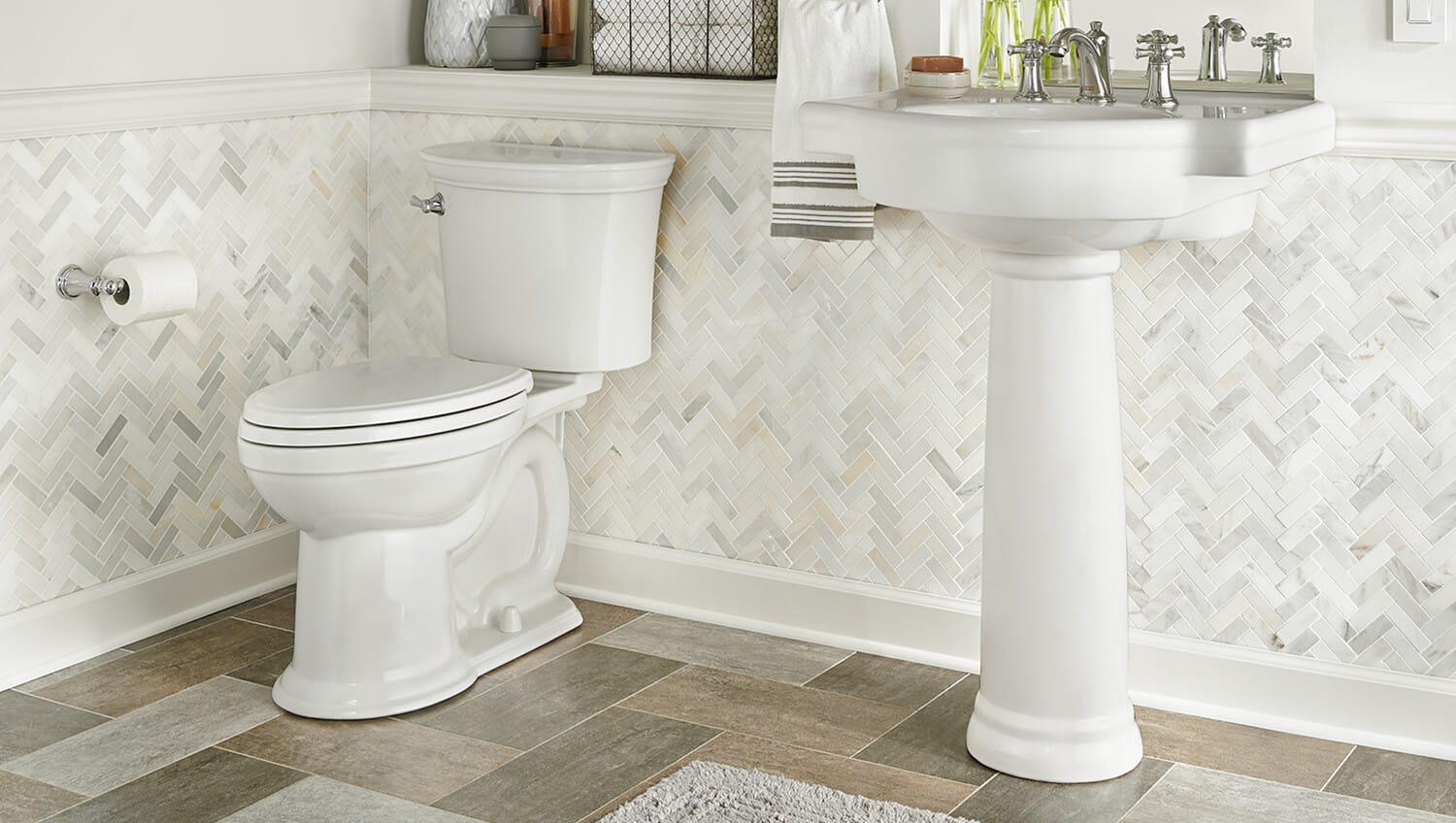
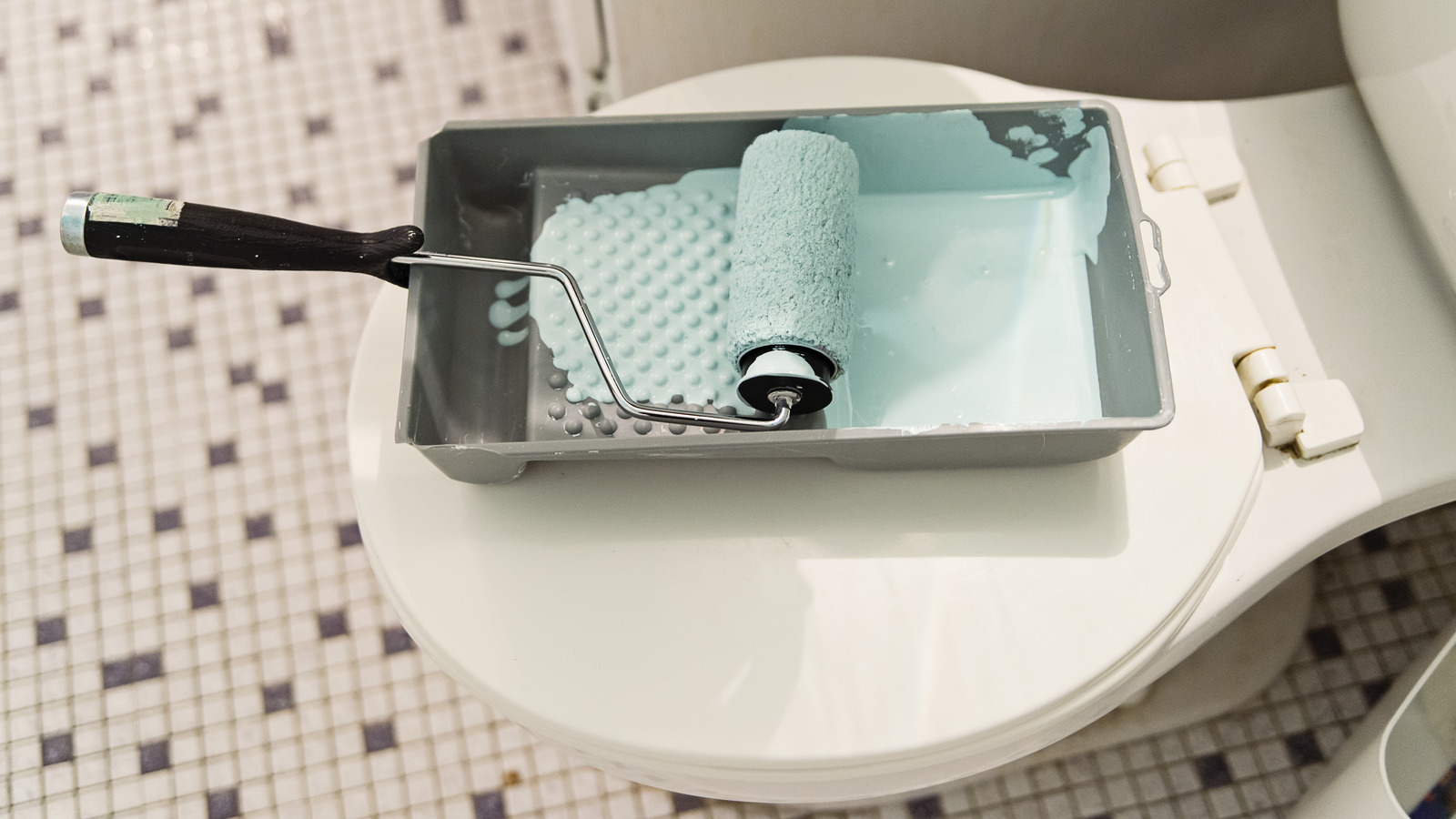
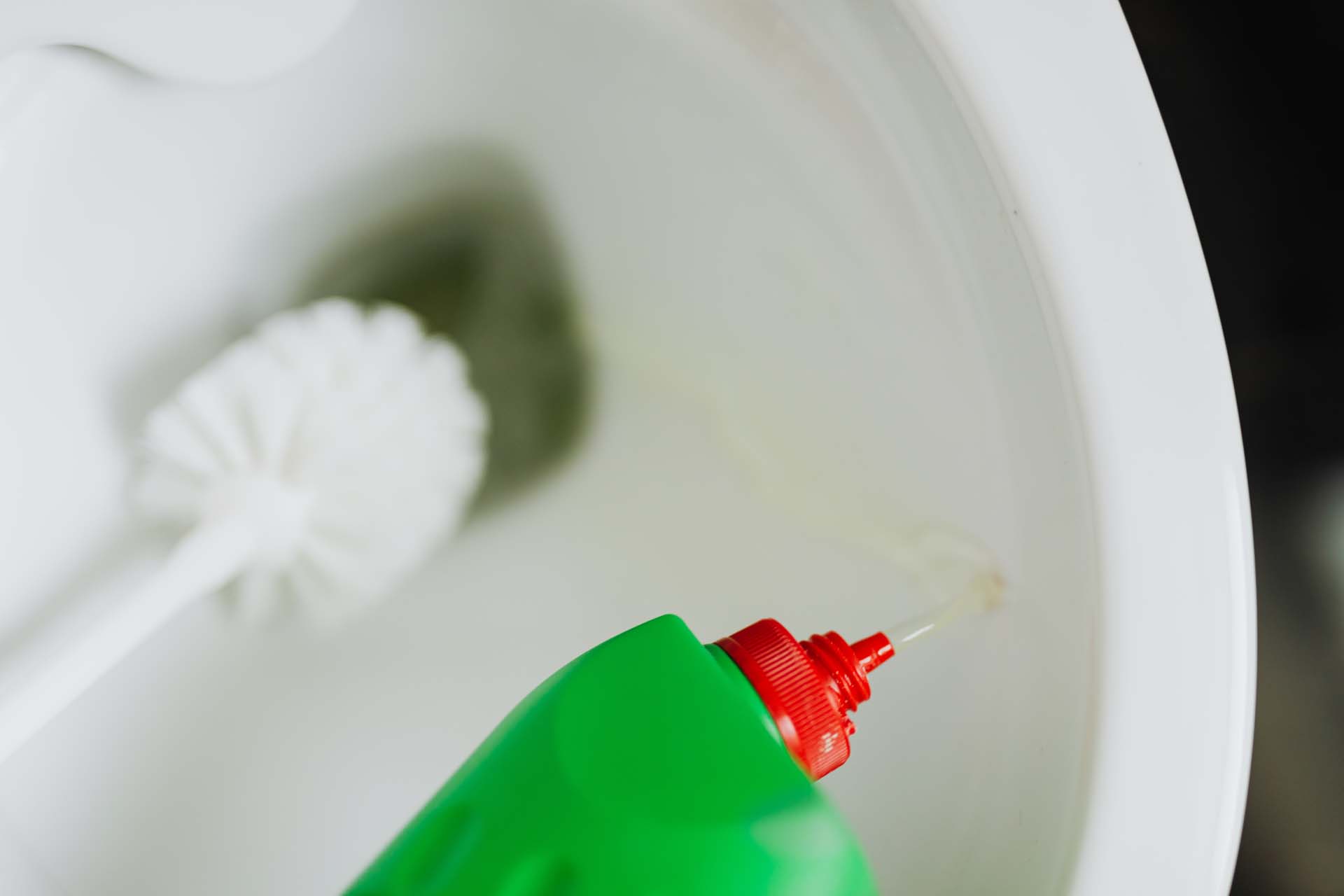
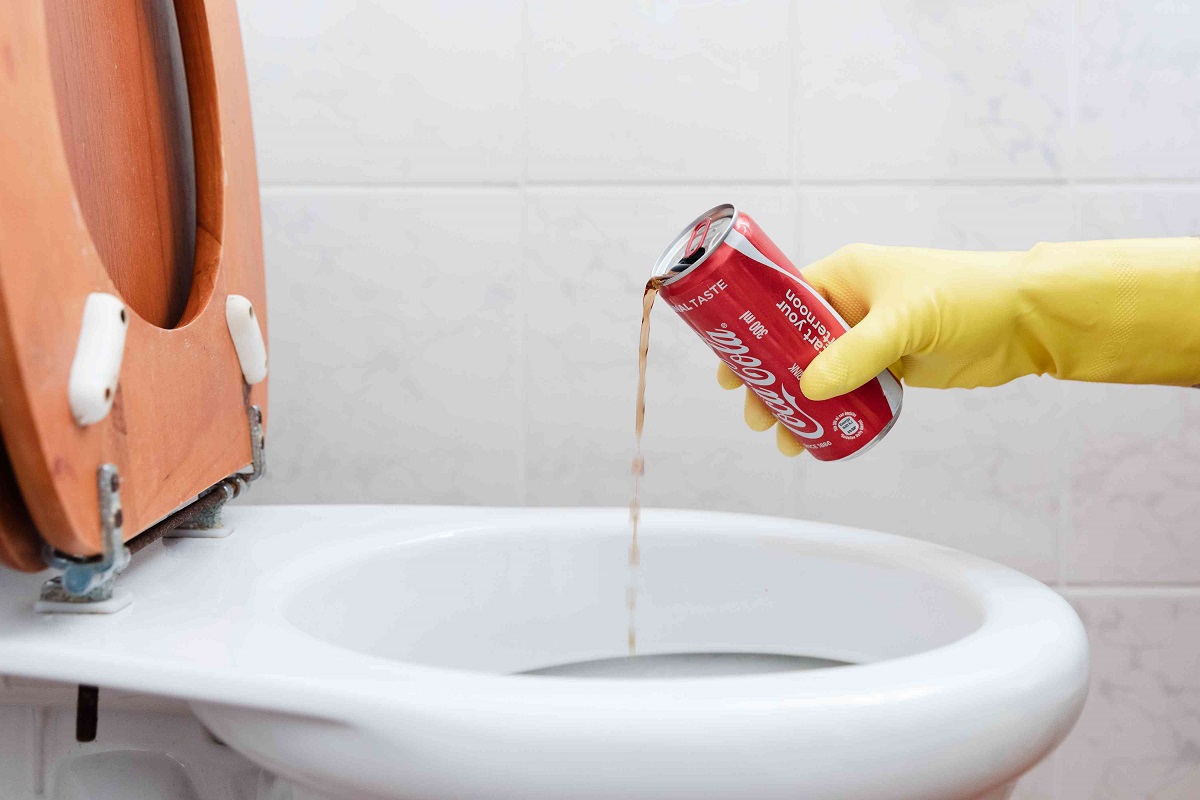
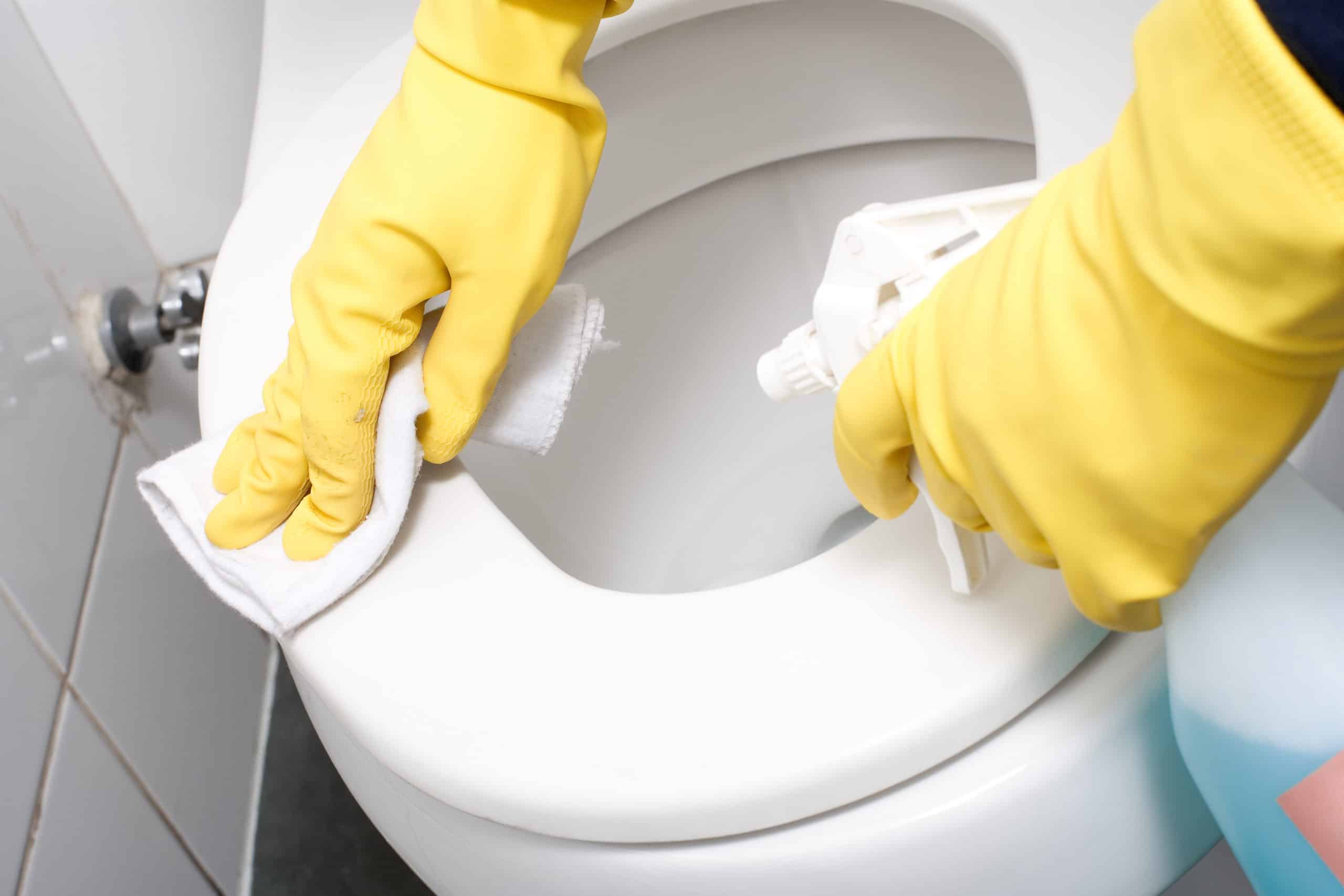
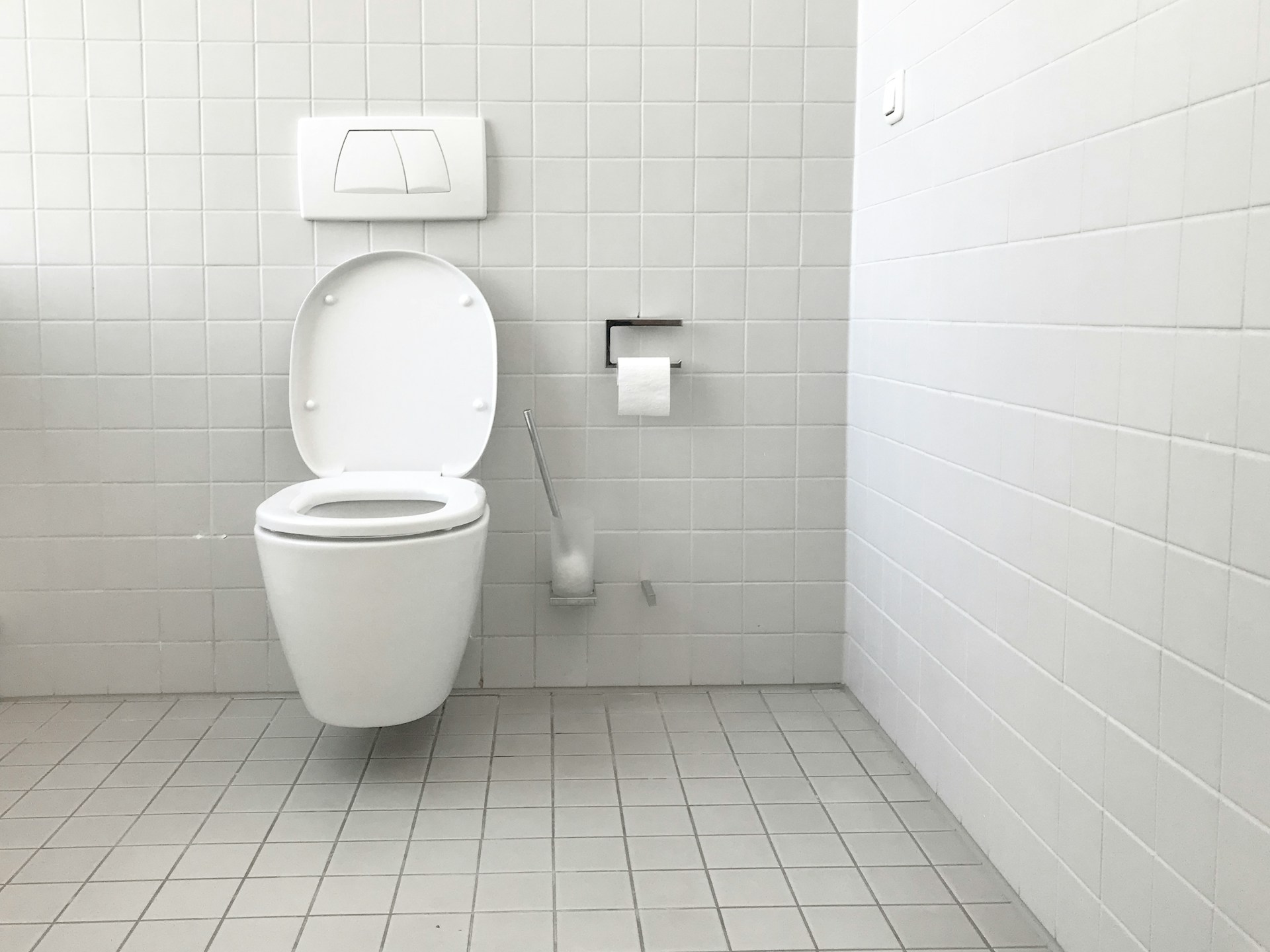
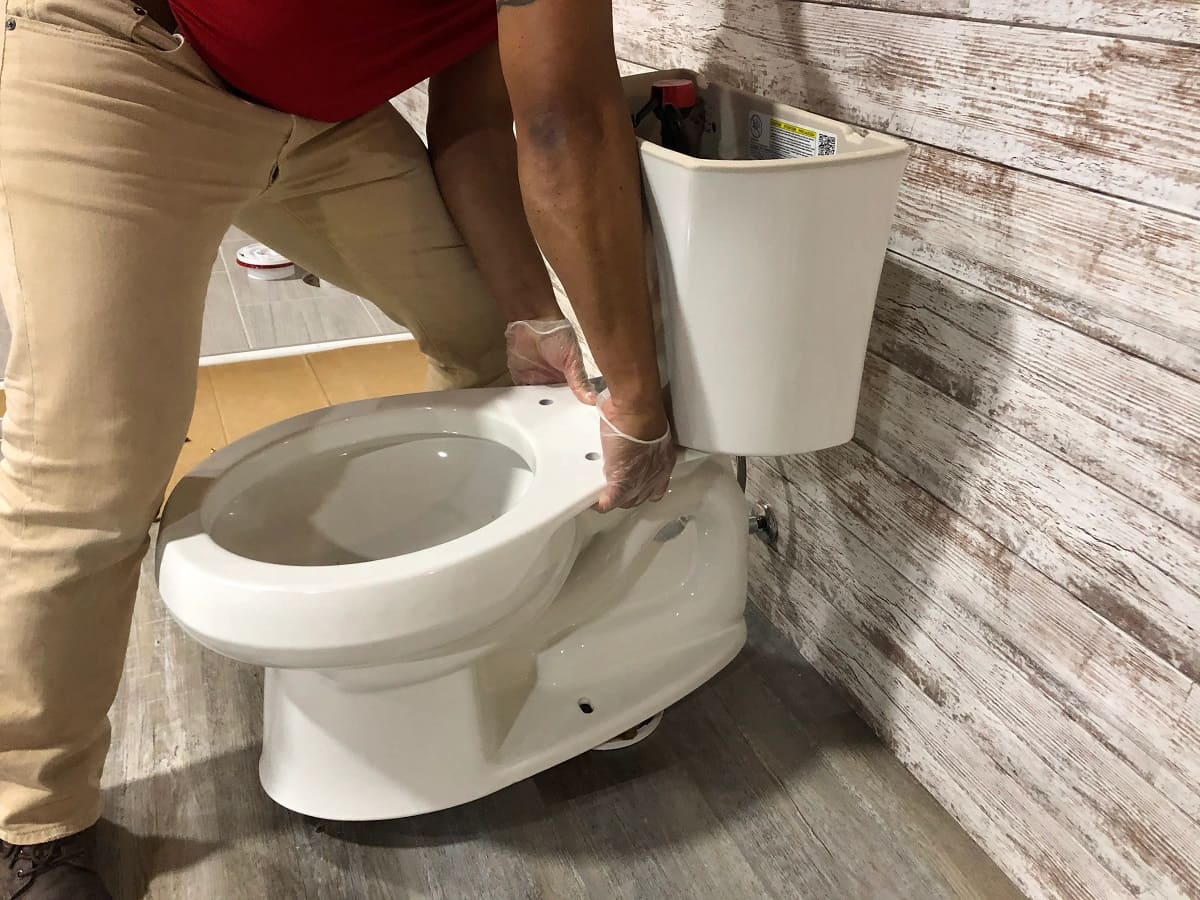
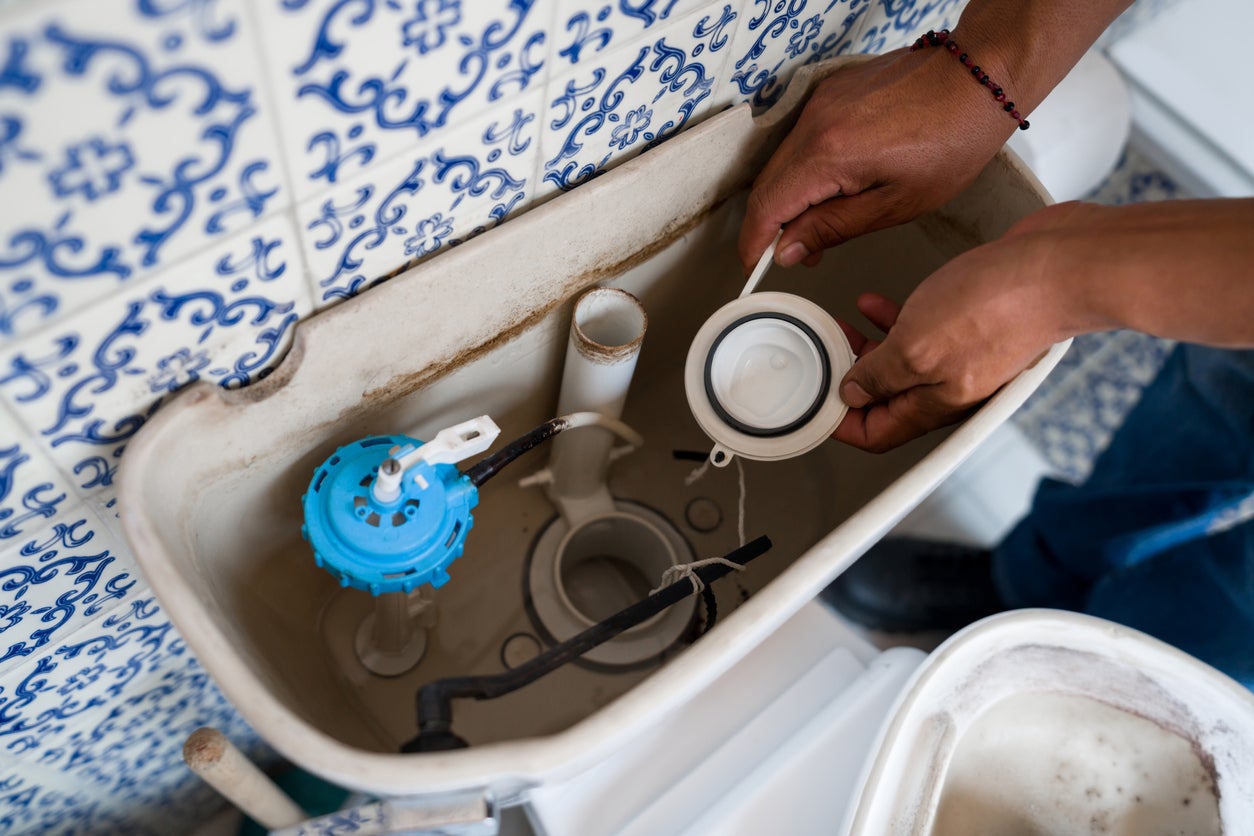
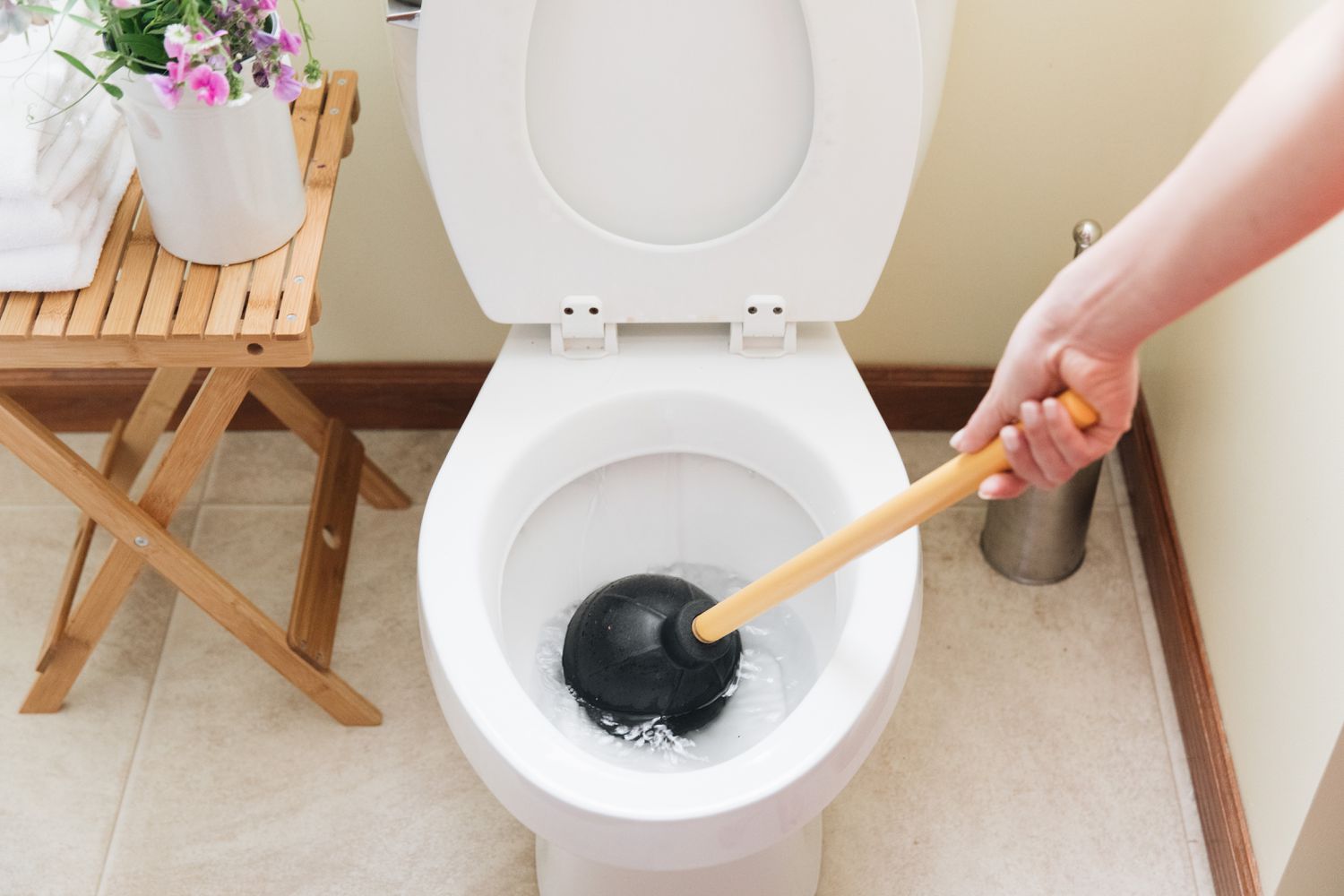
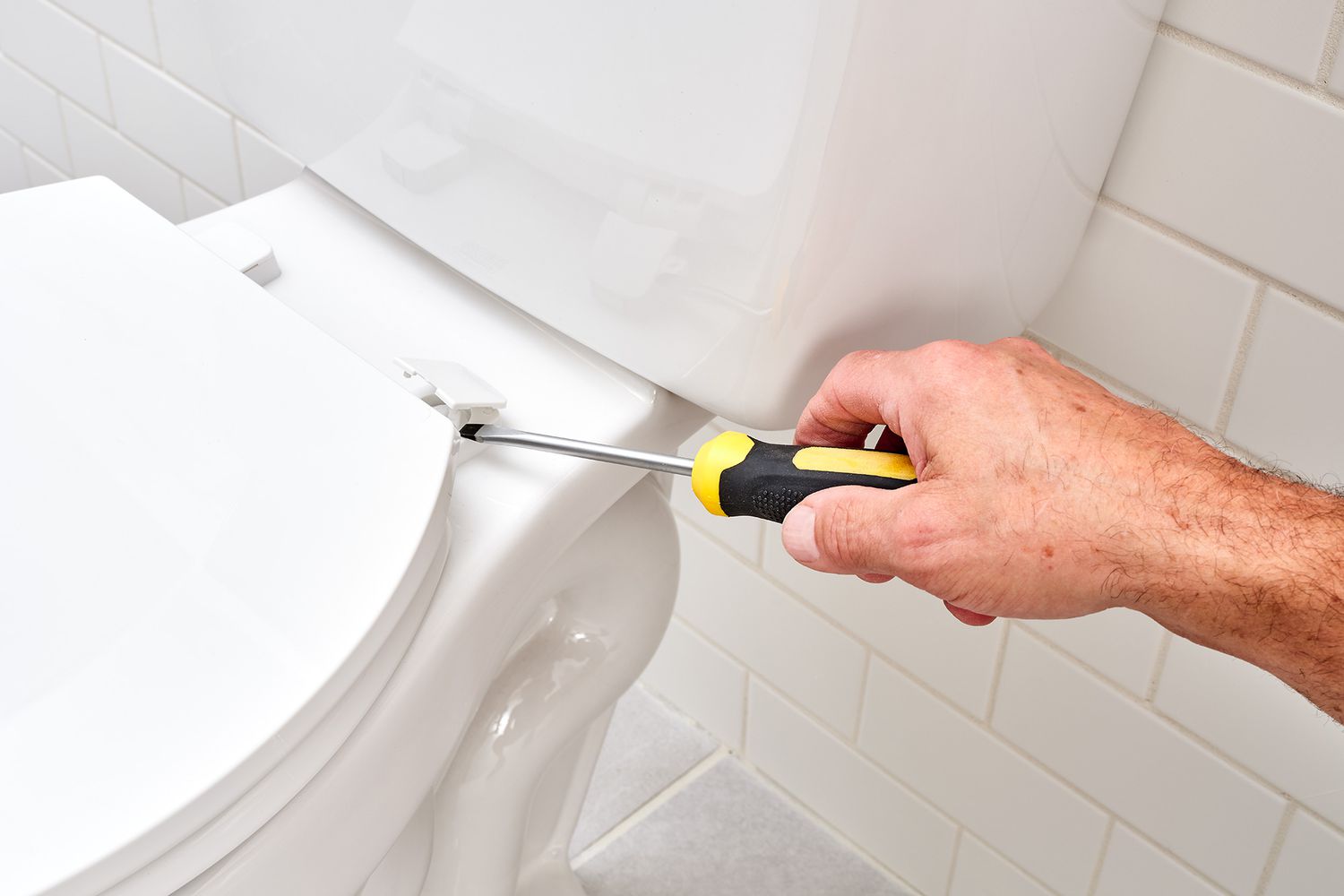
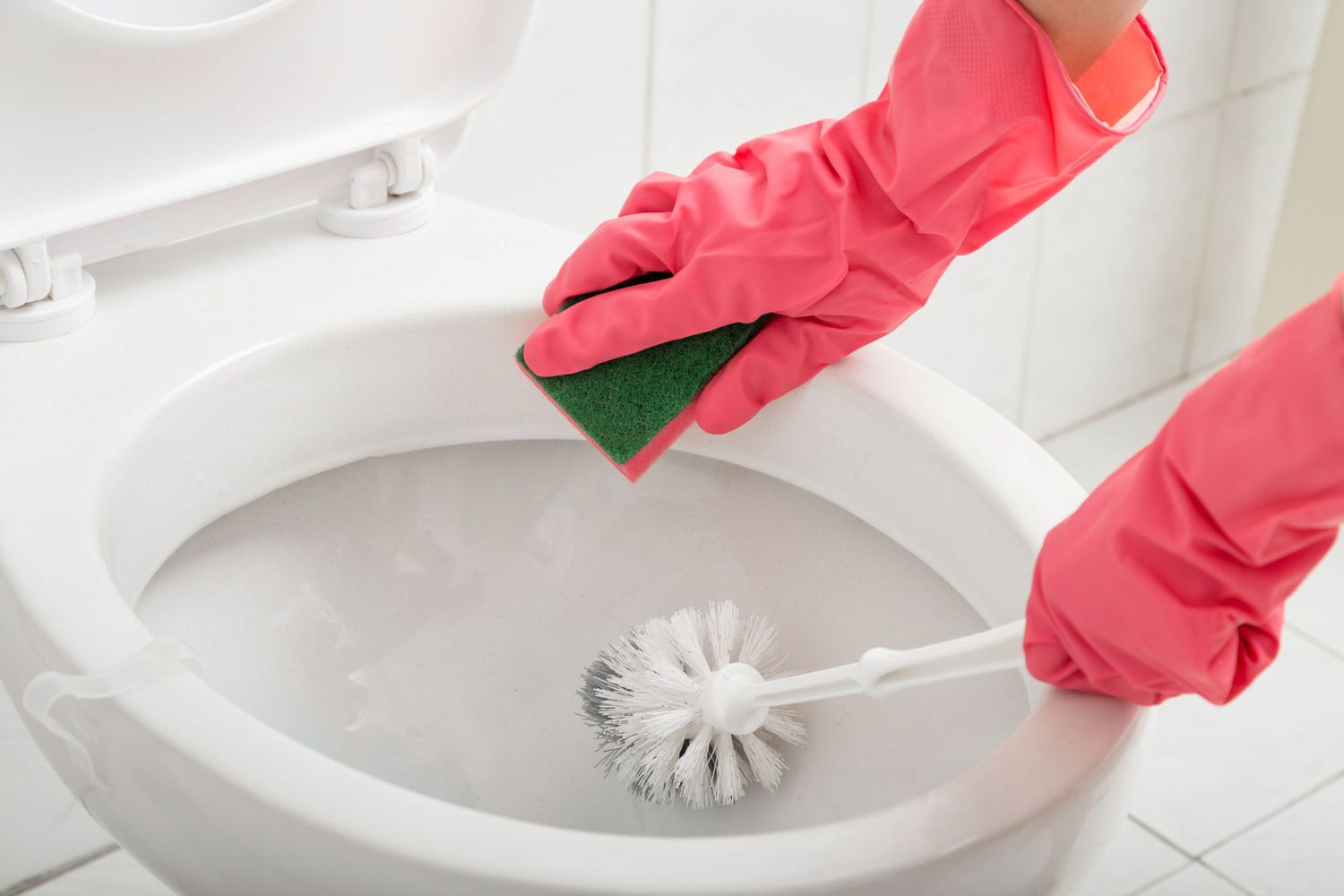

0 thoughts on “How To Dispose Of A Toilet Bowl”